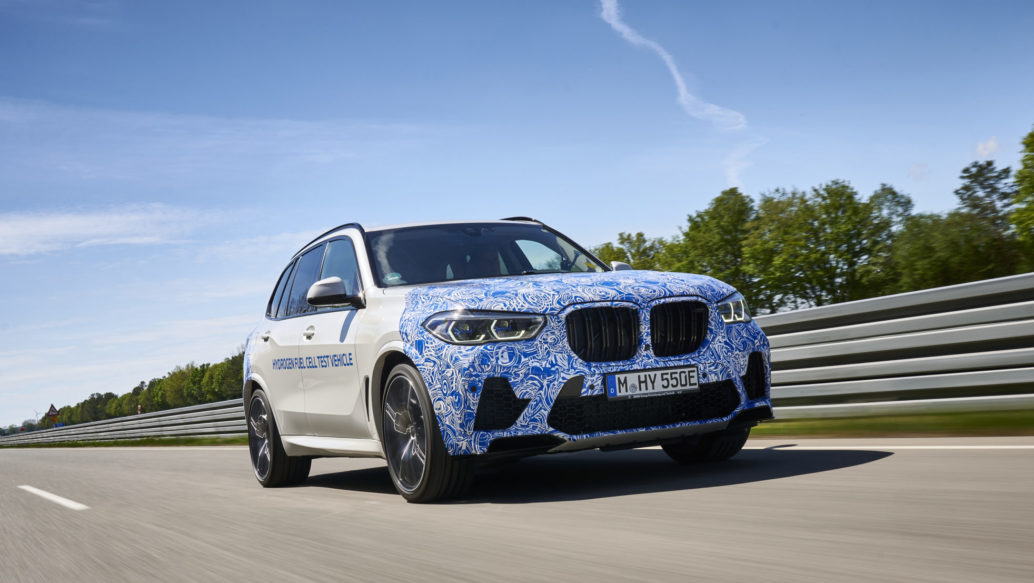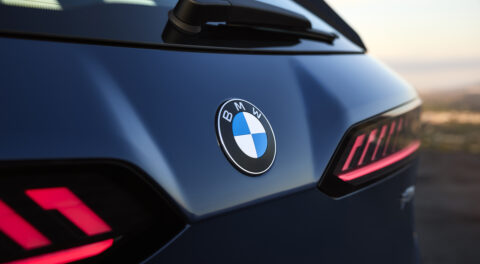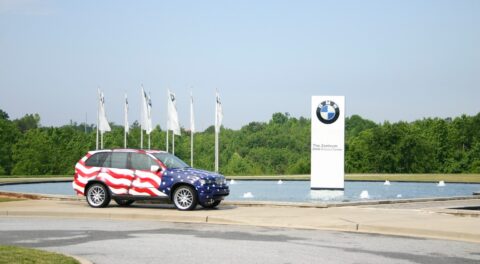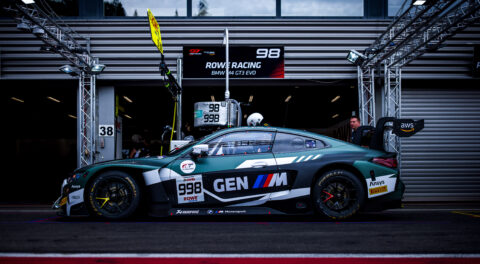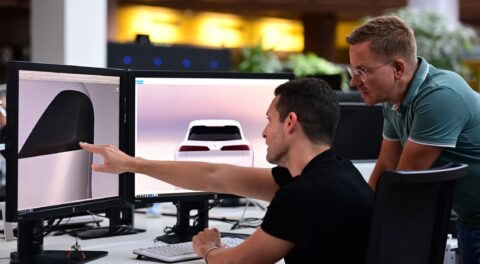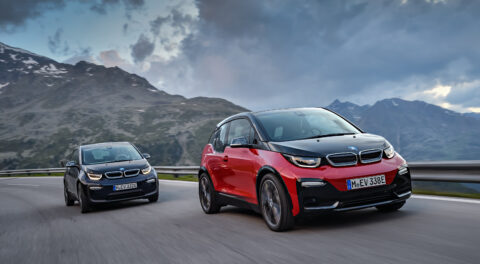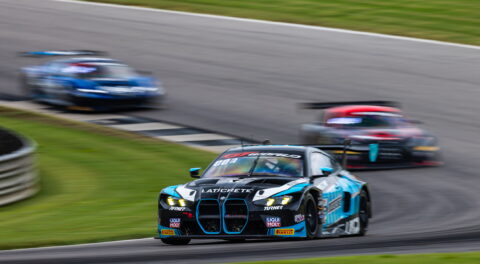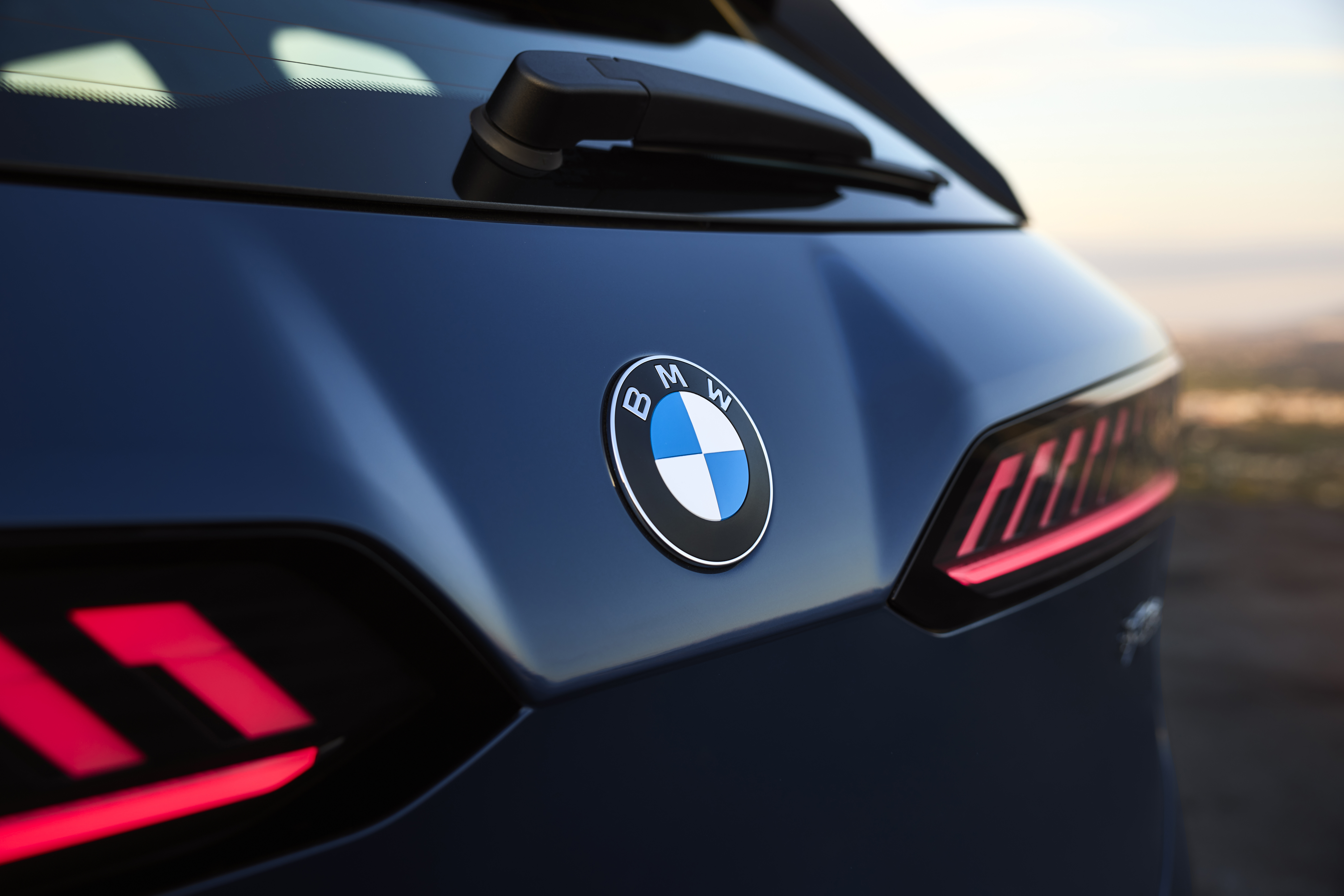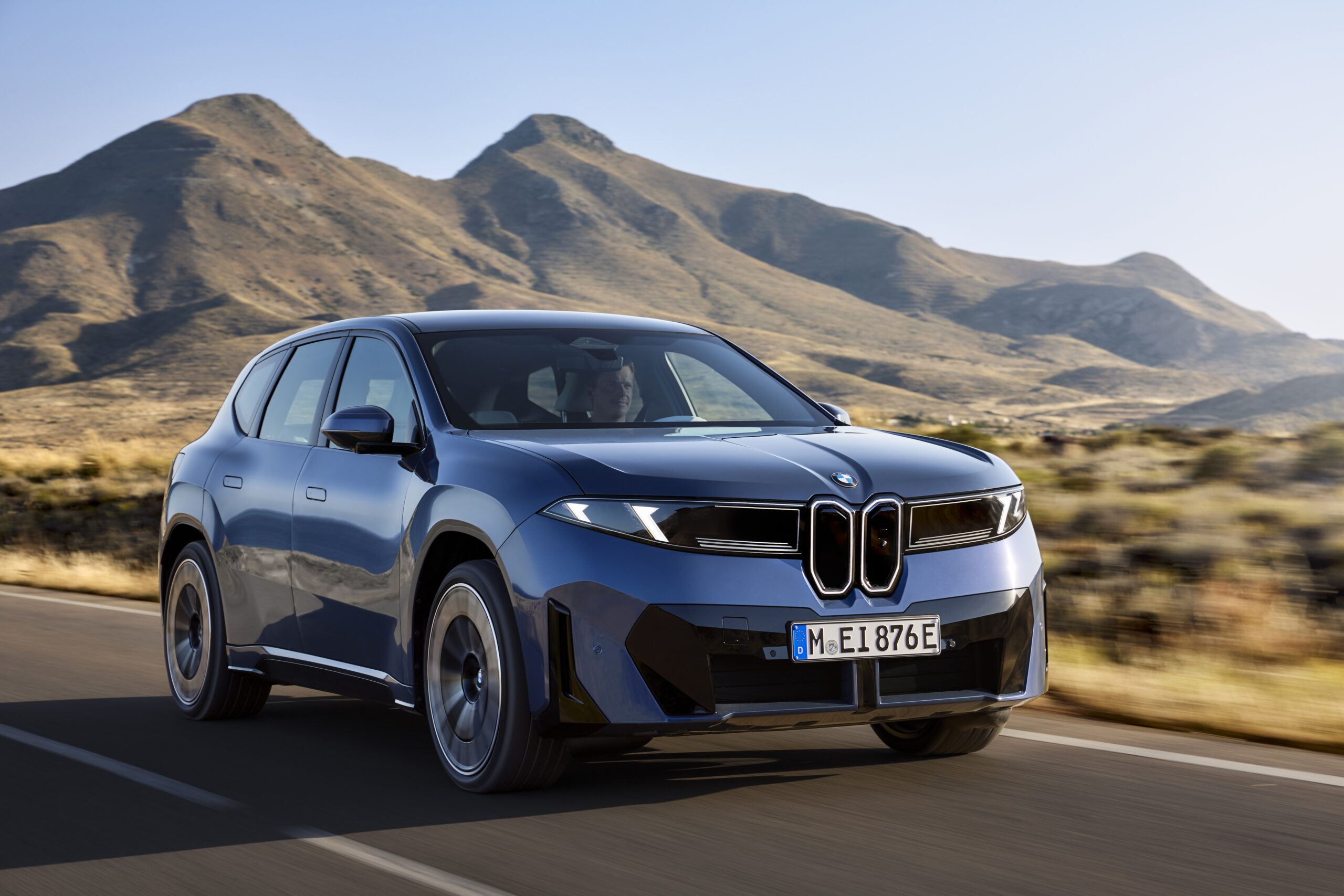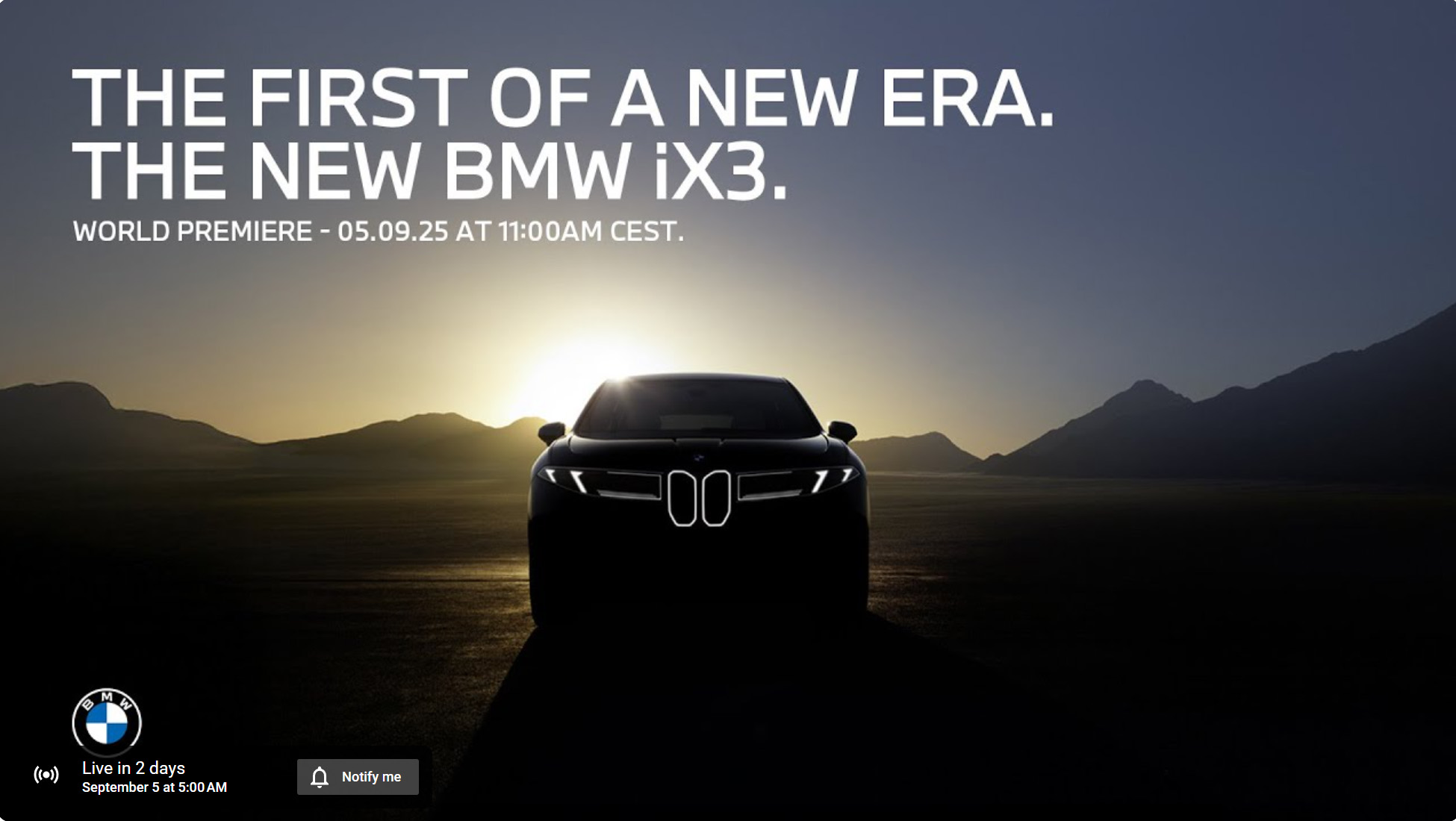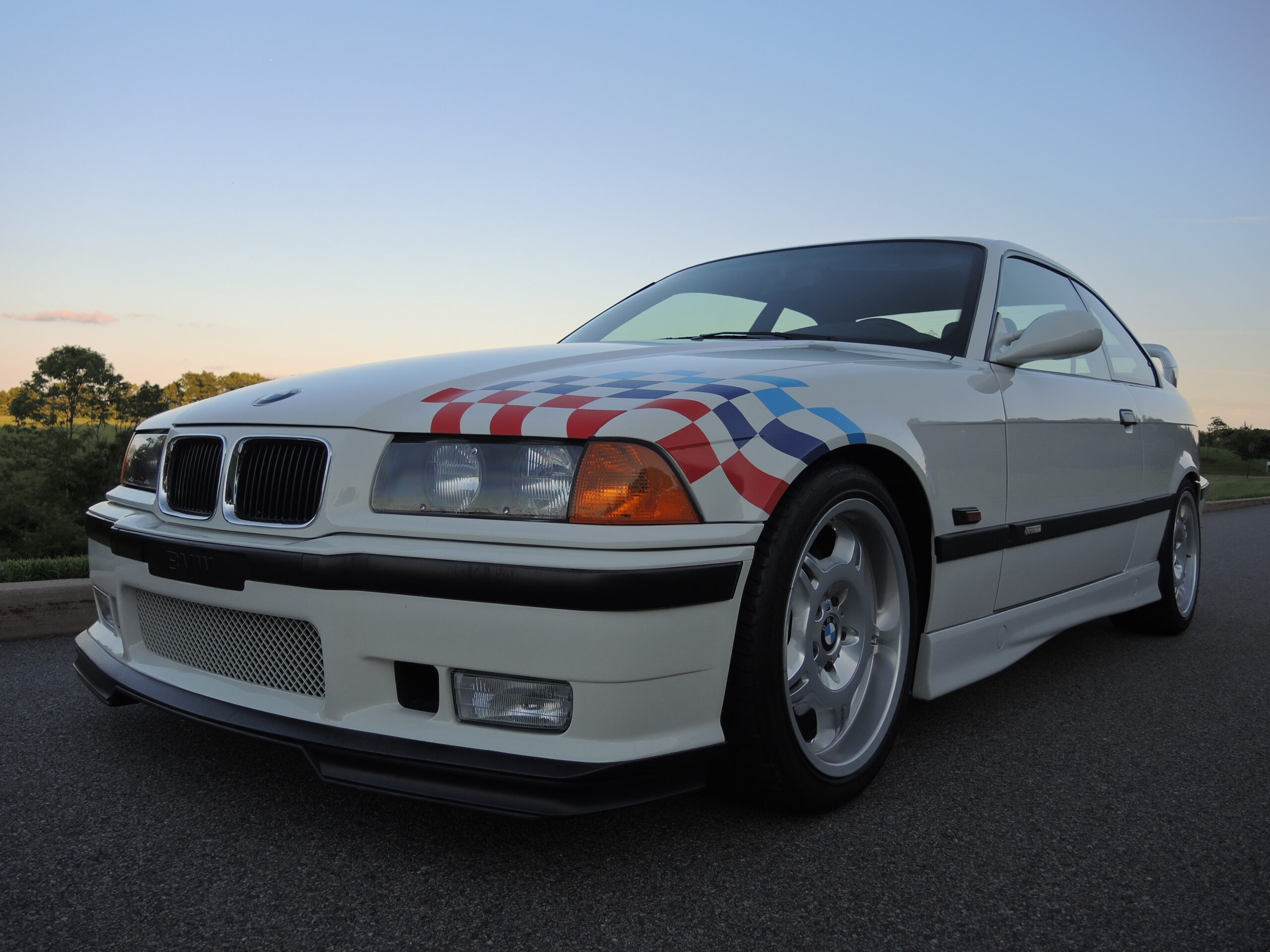Although the electrified future of the automotive industry is all but certain at this point, how we’re going to charge the batteries and power the electric motors remains up for debate. For the suburban homeowner in a sunny climate, an array of solar panels and a garage wall charger are the end of the debate, but for the rest of us, substituting the few minutes it takes to fill a tank with plugging in for several hours of charging isn’t as trivial as it sounds.
BMW is at the forefront of developing a potential solution, and it involves the use of hydrogen, something BMW first tried burning in a V12 7 Series as an alternative fuel roughly fifteen years ago. This time around, BMW is instead using onboard fuel-cell to convert hydrogen into electricity which powers an electric drivetrain. Plans for a test platform were first made public in 2019 with the announcement of the i Hydrogen Next concept, and roughly six months later, BMW showed us what the powertrain would look like.
Now, the first prototypes of the i Hydrogen Next, which are based on the current generation X5 SAV, are being tested on public roads in Europe. The testing regimen is an important milestone for the viability of a hydrogen-electric vehicle, or FCEV as they are known (fuel-cell electric vehicle) and is part of BMW’s intention to present what’s being referred to as a small-series model (which will remain based on the X5) in late 2022.
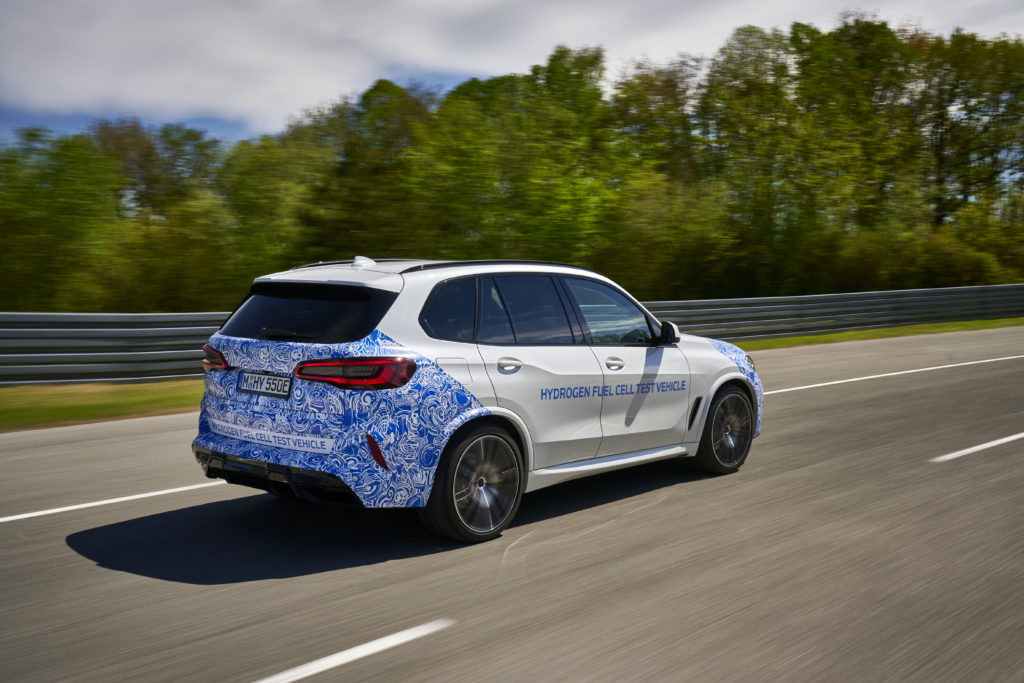
Using an on-board supply of hydrogen to power an electric drivetrain solves a number of problems associated with battery electric vehicles (BEVs). The first is the ever-present obstacle of range, which isn’t much of a concern for internal combustion vehicles that can be refueled in moments at gas stations, which are ubiquitous. A hydrogen fuel-cell vehicle like the i Hydrogen Next addresses the first part of the equation through its ability to be replenished in the same way, but infrastructure, which some speculate can be integrated with existing filling stations, is almost non-existent as of this writing.
The second problem fuel-cells solve is the time it takes to fully charge the batteries of an EV. Fast-charging technology and availability are both improving, but the advantage of refilling a hydrogen tank in just a few moments addresses the reality of virtually no one having a 440-volt outlet and the associated infrastructure in their own garage. There’s also the reality of lacking hydrogen infrastructure, but the challenges associated with creating it are different than setting up chargers, and there’s also still the question of where the electricity is being sourced from. With the BMW i Hydrogen Next, on-board fuel-cells transform hydrogen into electricity as the vehicle is being driven, and the only emissions are water vapor.
The supporting infrastructure question remains the biggest obstacle to the success of a fuel-cell electric vehicle, but BMW isn’t the only one taking a serious look at the concept. The fuel-cells used in the BMW i Hydrogen Next are designed and manufactured by Toyota, which began production of its second-generation Mirai FCEV in December of 2020. The Mirai has been upgraded from using the same platform as the Toyota Prius for its first generation, and is now built on the same rear-wheel-drive chassis as the Lexus LS and LFA. While the individual fuel-cells in the i Hydrogen Next are made by Toyota, with which BMW has been collaborating on hydrogen since 2013, the fuel-cell stack and drivetrain are original BMW Group designs. The hydrogen capacity of the i Hydrogen next is approximately 13.2 pounds, which is stored in two 700-bar (10,000 PSI) carbon-fiber reinforced plastic (CFRP) tanks mounted in the floor.
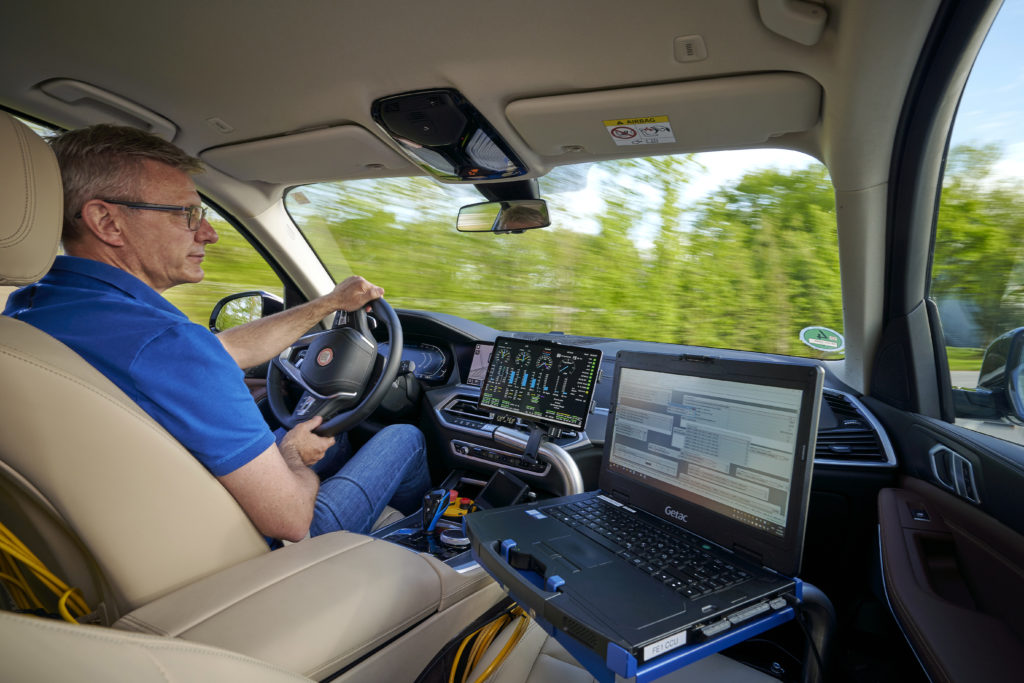
The electric drivetrain of the i Hydrogen Next uses fifth-generation BMW eDrive motors, which boast the advantage of requiring no rare-earth metals in their construction. The same technology is used in the BMW iX3, i4, and iX, and output for the i Hydrogen Next is the equivalent of 174 horsepower when energy is created exclusively from the chemical reaction of hydrogen and oxygen. The vehicle carries what BMW is referring to as a performance buffer battery though, which is used for dynamic acceleration and overtaking. The battery results in system output of 374 horsepower, which lines up directly against the most powerful version of the BMW B58 turbocharged inline six-cylinder, something BMW is keen to note. Considering most of us only ever use full power when passing someone or during select instances on our favorite roads, the performance buffer battery sounds a lot like a turbocharger in terms of its advantages, in being able to give things a boost when necessary, but otherwise keeping the waste gate open.
Expect to learn more about the i Hydrogen Next, its drivetrain, and technology, before the end of 2022, when BMW is slated to launch a limited-production FCEV based on the X5 that we expect to be leased to customers much like the 1 Series-based ActiveE was, which preceded the i3.—Alex Tock
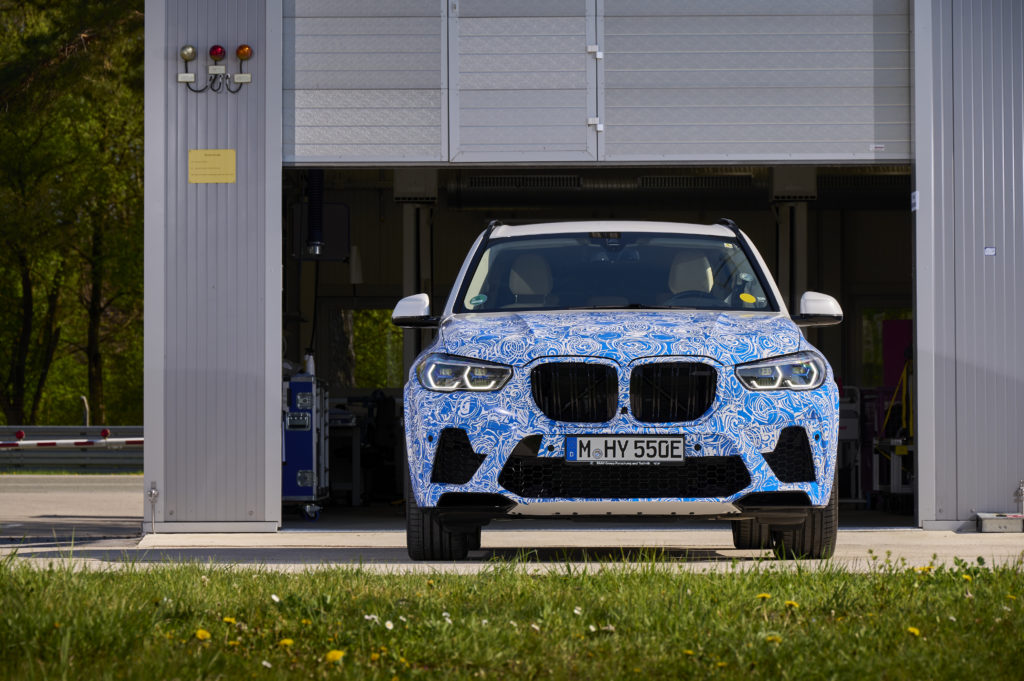
[Photos courtesy BMW AG.]

